Because of the extended lock-down we have been in – and continue to be in if you’re in Auckland – this Arts update is exclusively about the books that I have been reading during the lockdown. Eighteen books in all!! Yes, I could also write about the streamed shows I’ve looked at, but it’s my reading that has pre-occupied me.
Books
As the Booker Prize longlist had been announced just prior to the lockdown – 13 novels in all – I began this period of my reading journey by reading as much of the longlist as I could access. I had read three of the longlisted novels before the list was announced – The Great Circle by Maggie Shipstead, Klara and the Sun by Kazuo Ishiguro and Light Perpetual by Francis Spufford – so you can refer to my previous Updates for my opinion of them. That left me ten to read of which I could access seven under lockdown conditions.
But I will signal now that I also read probably the best and most moving book that I have read for the past few years during the lockdown. More on this later.
Booker Prize Longlist
The following are comments on the seven longlisted novels that I managed to access….
The Promise by Damon Galgut. This is a beautifully written novel set in pre and post-apartheid South Africa and I predict that it will win the Booker Prize for this year. It follows the fortunes of a white family as they get together sporadically to attend key family funerals as well as their relationship with their black servants over time. The ups and downs of all key characters acts as a metaphor for what has happened to South Africa from the 1980s onwards. I was very moved by this novel.
China Room by Sunjeev Sahota. This novel, set in the heart of rural Punjab, links two inter-connected stories – one set in 1929 (about a young bride trying to find out literally who her husband is) and the other set in contemporary times (about a young Englishman of Indian origins moving to Punjab to confront issues of addiction and estrangement). Although moving and well told, it didn’t engage me nearly as much as his previous novel The Year of the Runaways which was a favourite of mine in 2015.
The Fortune Men by Nadifa Mohammed. I loved this book. It’s another beautifully written novel. Set in 1952 in Tiger Bay (which is Cardiff’s home of immigrants), it is a fictionalised version of a true story depicting the tracking, arrest and execution of a Somali immigrant who didn’t commit the murder he was accused of. Yet he believes in the British justice system and thinks that he will be okay. Its attention to detail brings alive the period and the location as well as the desperate racism that abounded beneath the façade of (sometime) respectability. This could be a ‘dark horse’ in terms of winning the Booker.
The Sweetness of Water by Nathan Harris. I also loved this book. And again, it’s a beautifully written novel. Set in the Deep South of America just after the end of the Civil War and the so-called emancipation of the black slaves, it tells an incredibly engaging page-turning tale of diverse characters (a white couple who set up a farm; two black brothers who they employ as workers rather than slaves; their son and his (secret) male partner; many local townsfolk, mainly villainous) and their interconnections. Oprah Winfrey had selected this for her Book Club; I can see why she did.
Second Place by Rachel Cusk. I was told I would love this novel but alas it was not to be. Involving a male artist and a female art patron staying on a remote coastal enclave, it is described as “a fable of female fate and male privilege”. I could see neither the ‘fate’ nor the ‘privilege’ readily; and the only remoteness I sensed was that between me and the characters and their interactions. This short novel has been acclaimed – the Guardian described it as “a landmark in twenty-first-century English literature” – but I can’t see it. Maybe I’m just not the reader for this book?
No One is Talking About This by Patricia Lockwood. This short novel set in Trump’s America is bizarre – I hated the first half (a series of only sometimes connected and very poetic snippets presented almost as tweets and suggesting a plot that I could not see) but I liked the second half (still presented as tweet-like snippets but connected around a very moving tale of the narrator’s baby niece born with a disability). A book of two halves for me. Again, maybe I’m not just the best reader for this book.
A Town Called Solace by Mary Lawson. I’m definitely the reader for this book and I recommend it wholeheartedly. Lawson is a Canadian writer and she writes beautifully but simply of an apparent tragedy that happened in a small rural town called Solace. What particularly moved me was the friendship between an eight-year old girl (sister of a sixteen-year old who is the centre of the tragedy) and the rather lonely but wholly decent man who moves in next door. This is definitely a novel for those readers who love Ann Tyler and Ann Patchett (as I do) and maybe Elizabeth Strout.
The short-list, announced in mid-September, comprises The Promise, The Fortune Men and No One is Talking About This, along with The Great Circle by Maggie Shipstead (which I had read previously and loved) and two books which I have yet to read: A Passage North (by Anuk Arudpragasam) and Bewilderment (by Richard Powers). I will attempt to access and read them before the Prize is announced early November but at the moment am hoping for success by Galgut, Mohammed or Shipstead.
Other than the above list, I have spent my time devouring a diverse range of other novels which I’d either read about or had been recommended to me.
The Love Songs of W.E.B. Du Bois by Honoree Fanonne Jeffers. This mammoth novel (800 pages) is the book that I previously mentioned as the best and most moving that I have read for the past few years. It is about the Black experience and coming-of-age in the Deep South of America and it is phenomenal. It had the same shattering impact on me that Rohiton Mistry’s A Fine Balance and Hanya Yanagihara’s A Little Life had on me a few years ago. With its strong narrative thrust, it tells the story of a young woman’s journey to becoming a historian of Black history from not just her personal late 20th and early 21st century perspective from also from the perspective of her ancestors dating back to the 18th century. Parts of it are heart-breaking; parts of it are joyously uplifting. The New York Times reviewer described it as “simply the best book that I have read in a very, very long time” and the Kirkus Review reviewer concluded that “if this isn’t the Great American novel, it’s a mighty attempt at achieving one”. The Washington Post headlined it as “the kind of brilliant epic that come round only once in a decade”. I would agree.
Who They Was by Gabriel Krauze. I had been meaning to read this book for over a year – people had told me I would like it – but realising that it was written in South London gang-land dialect, I had avoided it. What a mistake I’d made. As an example of auto-fiction, it depicts the author’s own life as he fights for existence within the South Kilburn gang-land scene. Sometimes he is Snoopz; sometimes he is Gabriel. And he’s no loser; at the end of his first horrific crime, he tells the reader that he has to go to bed early as he has a ‘9am English literature lecture’ to attend. He is the son of Polish immigrants and is the only non-black in his hood and in his gang. Despite the language, this is not a difficult book to read and I was engrossed in it as I was in several interviews with the author that I found on YouTube. In fact, it took me a while before I could leave this book behind and move on to my next book.
Matrix by Lauren Groff. This book has nothing to do with the movie franchise!! It is, instead, a novel about female leadership, power, ambition and enterprise set within the context of a 12th century English abbey and headed by the indomitable Marie de France who had fought in the Crusades before becoming a nun. Although beautifully written, its subject matter and attention to period detail did not fully engage me. This book is winning awards across America, but it’s not for me.
Diamond Hill by Kit Fan. This is another novel set (partially) amongst nuns in a convent, but this time in Hong Kong and just before the 1997 handover from Britain to China. It’s another novel looking at how the present is entangled in the past, involving not just nuns but also drug addicts and gangs, property developers and the government. It didn’t quite live up to my expectations for a ‘fast and gripping story’ – as some of the reviews had promised me – but it evokes the seedy and run-down side of Hong Kong beautifully.
Piranesi by Susanna Clarke. Exploring an alternative reality is usually not my thing. And in the first 70 pages of this prize-winning novel I was somewhat disengaged. It describes, in detail, the physical surroundings of the environment that the narrator (Piranesi) finds himself in. But from then on the book takes off and I could hardly put it down. It is like a shimmering puzzle slowly being unravelled. By the end, I would agree with the reviewer in the Literary Review who said, “Piranesi is the most purely enjoyable novel I’ve read in a long while.” Just get through the first 70 pages.
The Echo Chamber by John Boyne. This incredibly enjoyable novel, about the foibles of social media in contemporary London, is a laugh-out-loud satire about a group of outrageous characters and their antics. Part of its readability is Boyne’s stylistic device of darting between inter-connected stories and leaving strategic cliff-hangers to entice the reader. I love John Boyne’s fiction – it is so diverse – and although this novel is ‘lighter’ than some of the others, it is hugely entertaining.
Open Water by Caleb Azumah Nelson. This short debut novel depicts a slow romance between a black male photographer and a black female dancer. Set firmly in a contemporary London context – you almost feel like you’re travelling in the Tube with them sometimes – it also depicts the racism that they face on a daily basis and how it affects their lives. Its tone is very poetic which, unfortunately, stopped me from becoming fully engaged in its content. But I could really admire Nelson’s writing.
Mother For Dinner by Shalom Auslander. This is an extraordinary novel and certainly not for everyone. Set in contemporary New York, it is about a family of Cannibal-Americans who realise that they must literally eat their recently deceased and very large mother. Using black comedy and satire to deliver its messages, it is in fact a novel exploring cultural identity and legacy. For Cannibal-Americans, we learn, were once a proud and thriving ethnic group that is fast being assimilated into non-cannibal society. I was highly entertained throughout my reading of this bizarre novel though I realise that not everyone would be.
The Night Watchman by Louise Erdrich. Erdrich won the 2021 Pulitzer Prize for fiction with this novel and I understand why. Set in 1950s and 60s South Dakota, it very movingly and beautifully depicts a group of native Americans who strategise and fight to retain not only their land but also their cultural heritage, identity and spirituality. Full of richly described characters, it evokes not just the relationships between them but also the tensions when such groups must take on the government. I highly recommend this novel. It took me more deeply into the plight of native Americans during the 20th century than any other book I have read.
Diary of a Film by Niven Govinden. This, like Piranesi and No One Is Talking About This, is a book of two halves for me. The first 80 pages did not engage me and I found them pretentious; but the remaining 100 pages engaged me fully. It covers just a few days at an (Italian?) film festival and begins with a revered film maker (referred to as Maestro) exploring on foot an unnamed but picturesque city with a lady companion who he meets over coffee. It then takes off as his young actors join the story and his film is premiered to great acclaim. But, underneath it, is an exploration of the artistic process, much of it conveyed through interior monologue and the relationships between five artists (the film-maker, two actors, a writer and a deceased painter). At this level, the novel really stimulated my thinking about the nature of being an artist.
The Performance by Claire Thomas. This Australian novel is also set within the world of the arts. Based firmly in Melbourne while out-of-control forest fires surround the city, it features three women of varying ages attending a performance of Samuel Beckett’s absurdist piece Happy Days. Although they don’t know each other to start with, various links emerge between them as the evening goes on. But the main thrust of the novel involves each woman reflecting on her life as she ponders about what is happening to the slowly-being-buried protagonist of the play they are watching. It is a contemporary novel about three women’s hopes and disappointments, contextualised within the challenges of climate change.
Happy reading everyone.
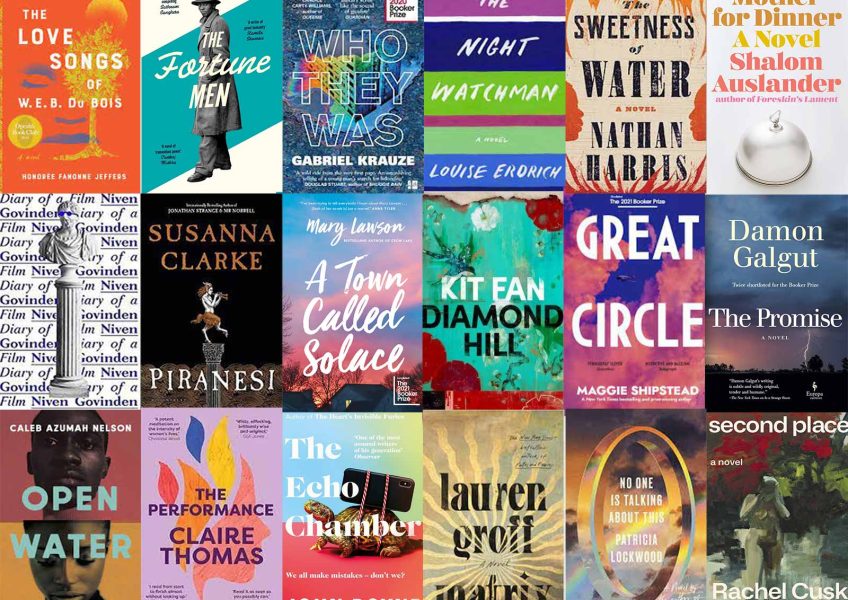
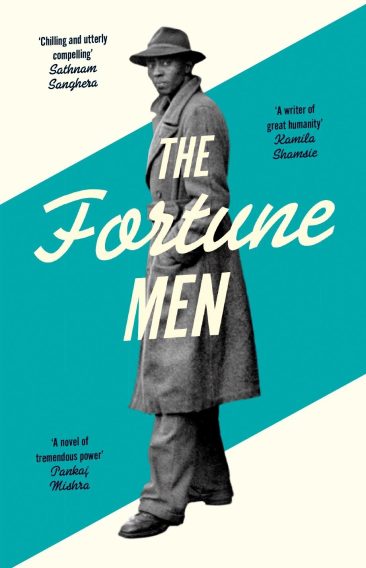
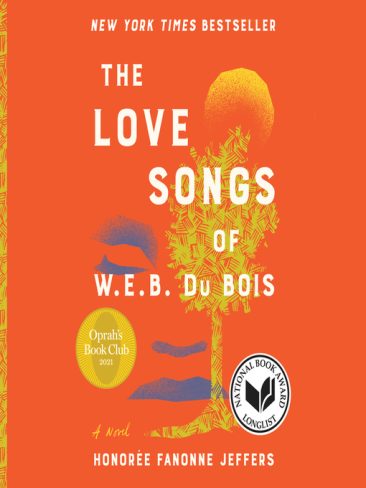
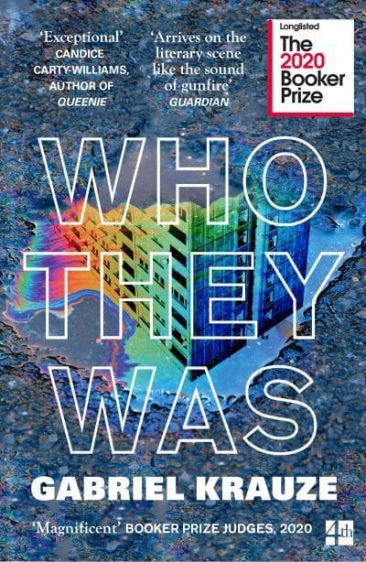
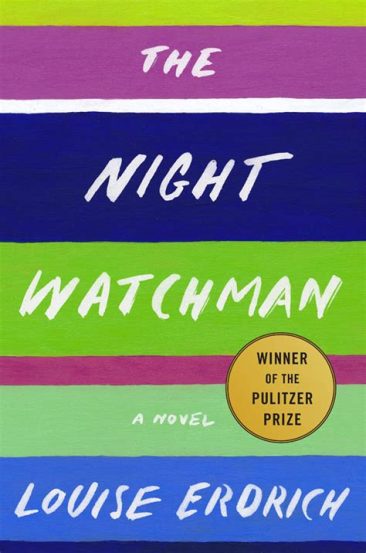
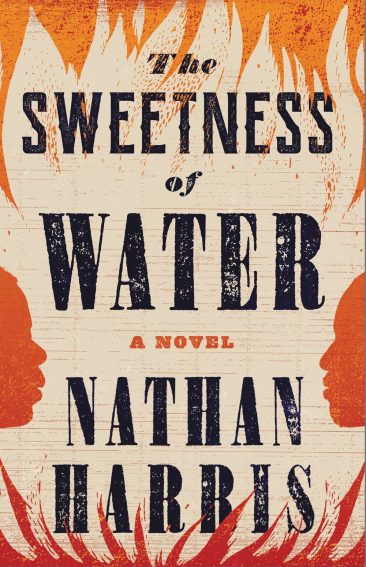
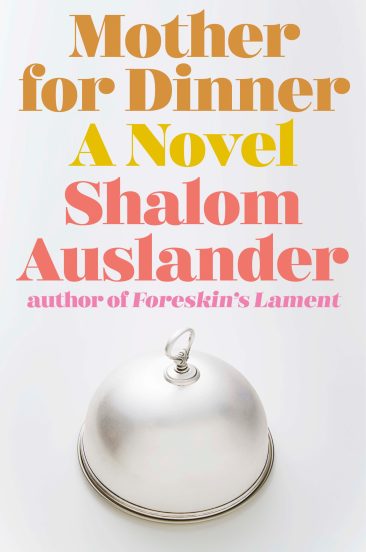
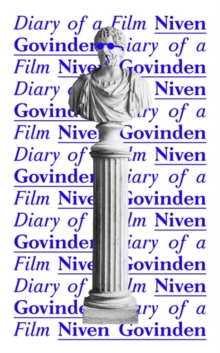
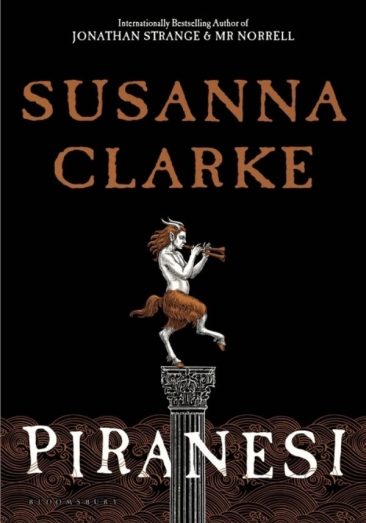
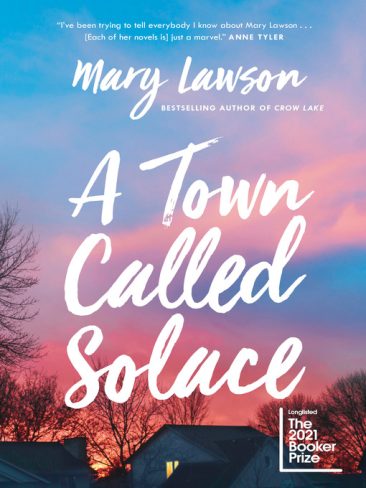
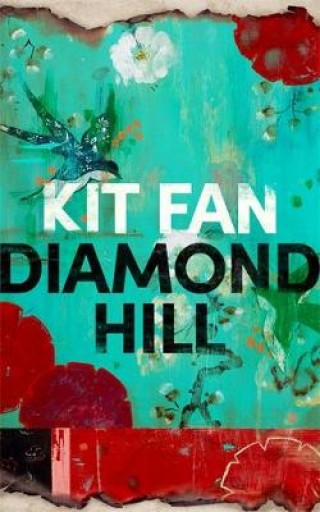
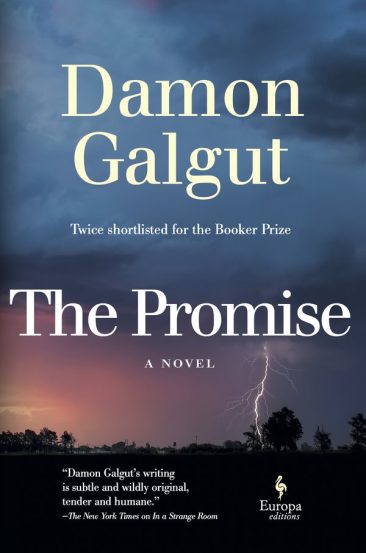
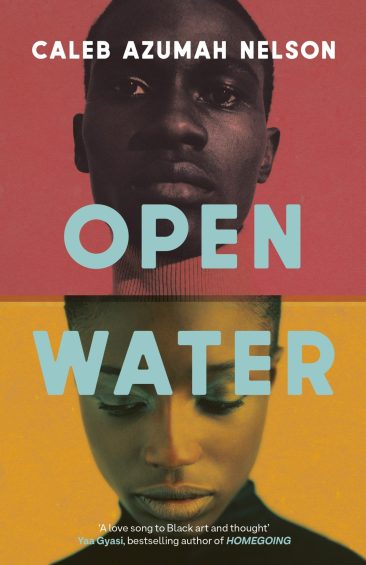

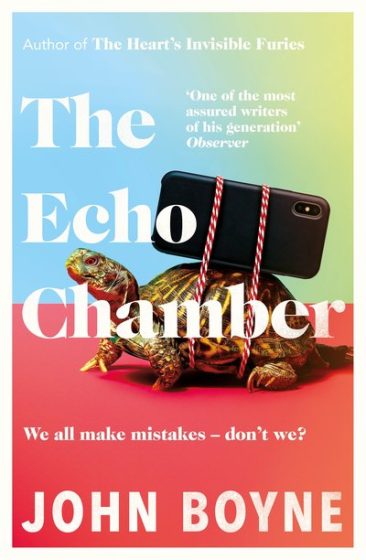
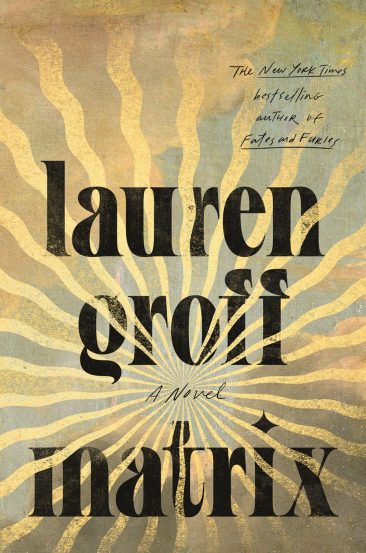
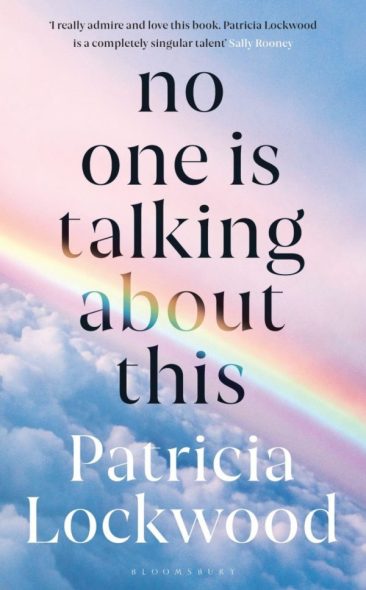

What do you think? Share your thoughts...